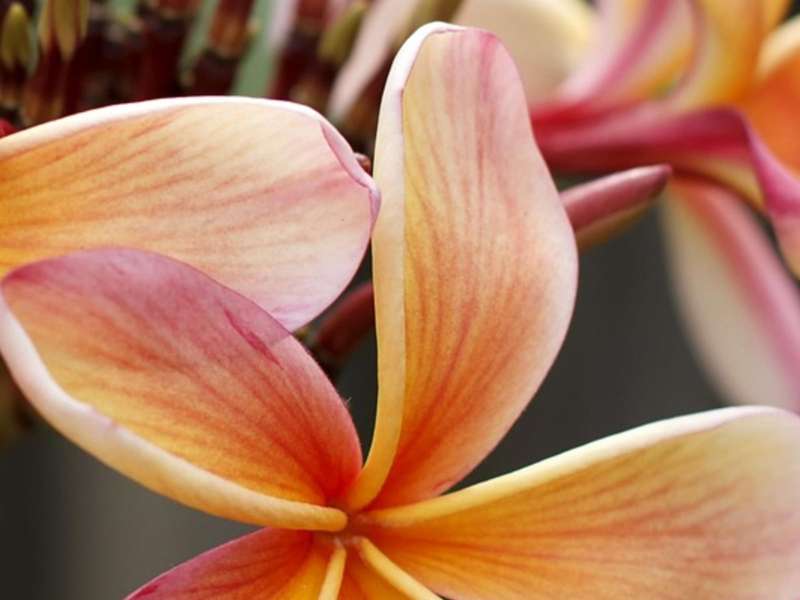
The architect of Bali: Made Wijaya
When Michael White, then a young architecture student from Sydney, set sail for Bali in 1973, he was so impressed by the island that he decided never to go back. Made Wijaya, this is the name he gave himself after his conversion to Hinduism, mapped the historic buildings and tropical gardens of Bali, leaving a photographic heritage of great value.
자세한 정보